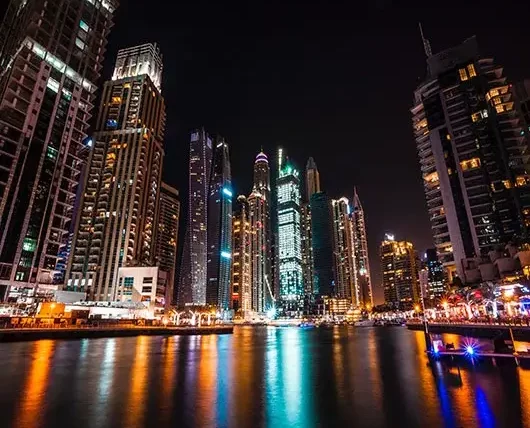– Santhosh Kumar, Group Vice Chairman, ANAROCK
While the pandemic is a topic all of us want to completely wipe out from our memory, we were introduced to the concept of “Work From Home”, which seamlessly became a part of our routine.
As organizations also started to realize the advantages, there was a major shift of the workforce to Tier 2 cities. Lockdown was a trigger for many to go to our hometowns, be with family and still stay constantly connected with work and colleagues.
The trend that triggered an opportunity for the residential market soon caught the fancy of commercial and retail real estate in these territories. Developers realized the importance of these high-potential markets which were neglected for the longest time.
So, what were the opportunities?
There were multiple factors that led to a completely new trend and huge focus on Tier 2 and even Tier 3 cities. Strong competition, high property rates, and unsold inventory in metro cities also compelled the big urban developers to explore these new markets.
Below are some of the main reasons for these cities being further attractive for both buyers and sellers:
An affordable market!
If we compare with the top 10 metros across India, Tier 2 cities are way more affordable – cost of land is significantly lower with a reasonable scope for property appreciation.
With affordability, these markets are easier to penetrate and there is lesser or non-existent competition for the big players who are entering.
Cost of living
There is a very high mid-income population in these cities that have a lower cost of loving. Hence, the disposable income of many of these households is high and they have capacity to spend on good quality real estate products which inspire trust. Even banks are focusing on these cities to make home loans more accessible.
Infrastructure Development and Government Initiatives
The Indian government is making steering efforts to boost infrastructure development for major Tier 2 and even Tier 3 cities. During the Union Budget 2023-24 announced on February 1, 2023, Hon’ble Finance Minister Nirmala Sitharaman spoke about the Urban Infrastructure Development Fund that would be set up through priority sector lending shortfall.
The upcoming industrial corridors that have sprung up in tier 2 cities, have gained significant prominence in the eyes of most of the Grade A developers. Like I said earlier, land is much cheaper, enhanced connectivity, large spaces and importantly in today’s times, considerably lesser levels of pollution.
The Indian government has also launched several additional initiatives to promote investment in tier 2 cities, such as the Smart Cities Mission and the Atmanirbhar Bharat Abhiyan which will have a high impact over the next decade in generating employment in these cities.
Beyond Residential
Affordability of commercial real estate has also been an important factor for more organisations exploring these cities. Better connectivity to metro cities has led to many corporates looking towards these cities in search of more economical yet well-connected real estate.
When we talk about retail, we all know, the experiential and entertainment options in smaller cities are lesser – whether it’s a mall with big brands or theatres. Developers and retailers are now ready to explore this under-served market as the customer base has expanded post-pandemic.
Warehousing, Data Centres, Co-working spaces, Start-ups, Manufacturing plants and many more sectors have their eyes on these cities.
Job creation
Skilled labour at lower costs. who will miss out on that opportunity? A lot of sectors are now looking at localities to work with them, thereby improving their standard of living. This leads to more employment for local people and higher employment stability from both sides – employer and employee.
There was a huge role of NRIs in fuelling growth in these cities.
While the earlier focus for NRIs remained the most vibrant metro cities; these preferences have changed as the focus has shifted to tier 2 and 3 cities. This solves a dual purpose – staying connected to the roots and cost of living comes down significantly.
Another very interesting point is that most of the grade A developers are venturing into these markets which generates trust for both domestic and international clientele – land is also cheaper and larger, and with more open spaces that help them build attractive amenities to boost the quality of life.
As the economy of tier 2 cities continues to grow, investments in these cities can yield higher returns on investment as compared to tier 1 cities. And investing in tier 2 cities can also help diversify an NRI’s portfolio and reduce their risk exposure while increasing maximum upside.
Assets for Economic Development
Tier 2 and 3 cities will soon have a huge contribution in the state and national GDP. I am confident that these cities will be catching up rapidly with the metro markets with a lot of robust investment opportunities across Real Estate asset classes.






